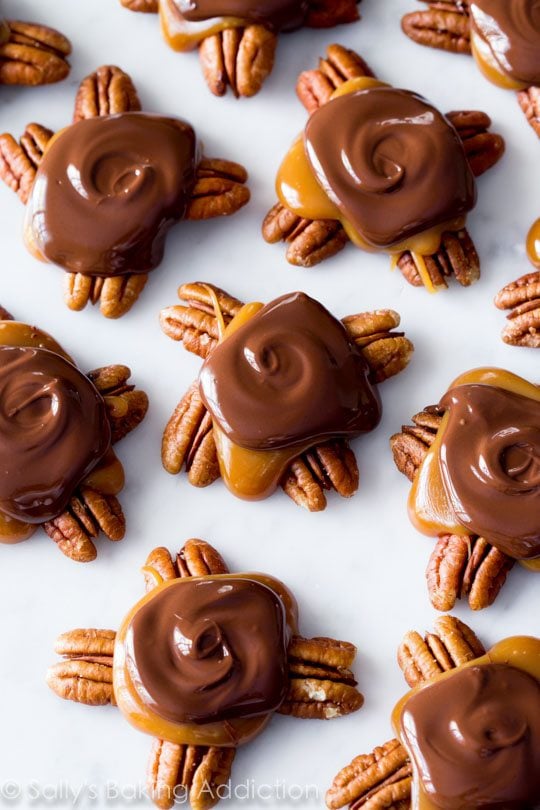
Welcome back to my Baking Basics series!
Since Sally’s Candy Addiction is finally in your hands, I decided to devote today’s baking basics topic around the sweetest dessert of all: candy. All things candy. Get your sweet tooth prepared. Caramel turtles (above!) is a recipe in the book. And so are these red wine truffles. Cheers!
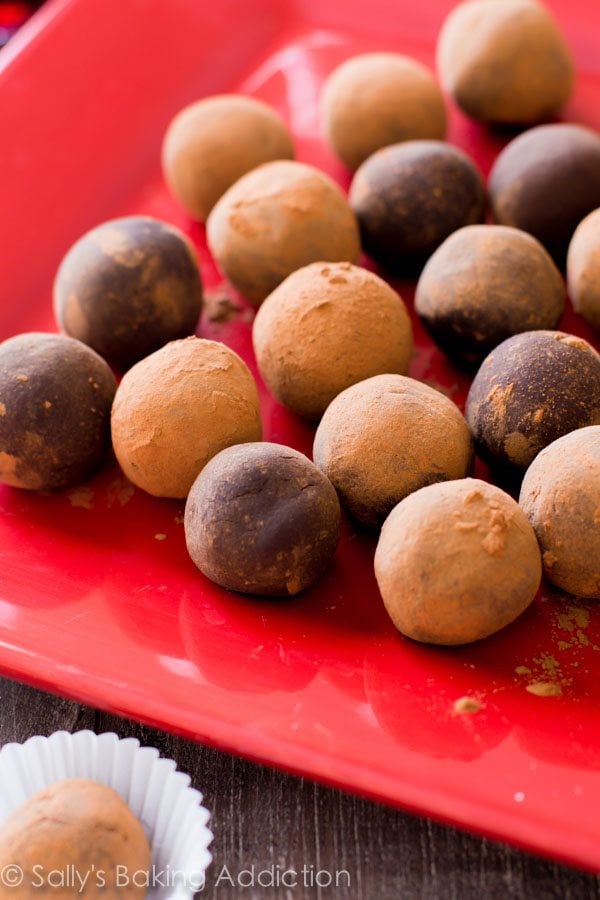
I know the thought of making candy at home can be overwhelming. Before you begin cooking the candy in Sally’s Candy Addiction, I encourage you to read through my introduction pages. There I walk you through common candy mistakes, candy cooking stages, and key ingredients (and why they are critical). The time you take to read through my helpful tips, tricks, and instructions could save you from ruining a batch of candy.
In all of the cookbook’s candy recipes, I list special tools you need to prepare them. And today, I’m sharing my favorite brands of these tools. So you can start making your candy right away—with the exact tools I use in my kitchen.
Consider this your ticket to candy making success! I can feel my cavities forming already. Must be all the pumpkin spice toffee I’ve sampled in the past 3 weeks at my book signings. Anyway. Here is how to become a fudge, truffle, and toffee pro!
10 Must-Have Candy Making Tools
Candy Thermometer
First, a candy thermometer! Do not fear the candy thermometer. Trust me, I know the thought of using one makes you run for the hills. But let me tell you something: a candy thermometer actually makes the entire candy cooking process EASIER because there’s no mistaking temperature/doneness. For ease, I recommend a digital candy thermometer that clips onto your pot like this one or this one. If calibrated, a candy thermometer is more accurate than using your eyes to detect candy’s doneness.
- Calibrate: If you think your candy thermometer’s readings are off, you can test it with a pot of boiling water. At sea level, water boils at 212°F (100°C). Each 500-foot increase in altitude lowers the boiling point by about 1 degree. If your candy thermometer reads above or below the boiling point for your location, make the necessary adjustment when cooking candy.
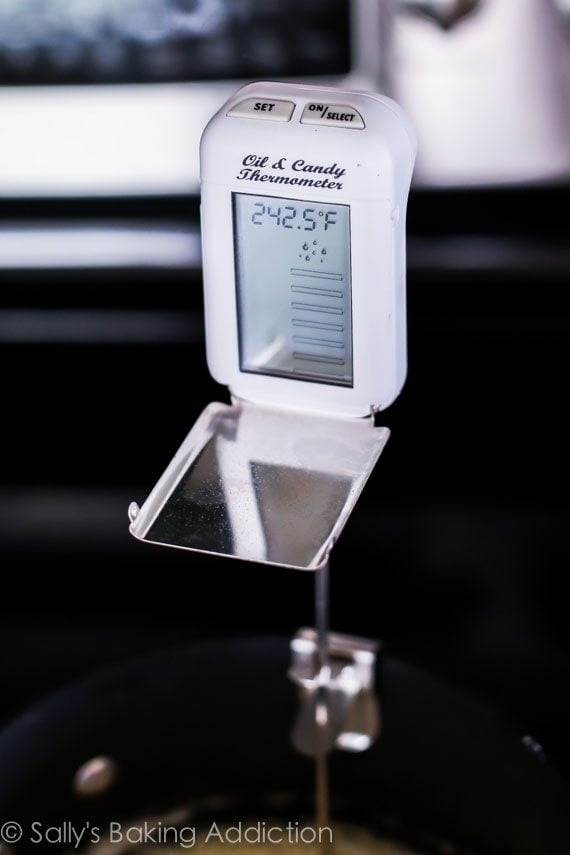
Chocolate Thermometer
A chocolate thermometer is required for tempering chocolate, which is an option for a lot of recipes in Sally’s Candy Addiction. Here is my favorite chocolate thermometer. For tempering chocolate, a tested digital candy thermometer can be used instead. (See above.)
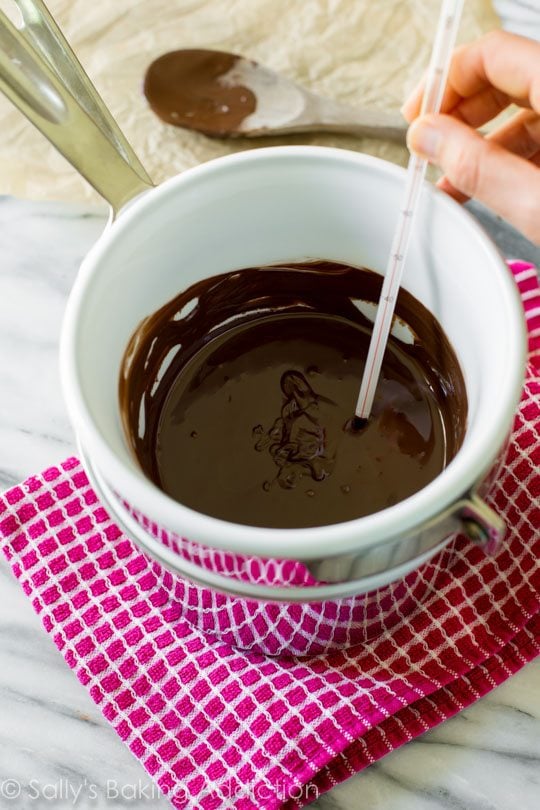
A Sturdy Pot
You can’t get anywhere in the candy making world without a dependable, thick-bottomed, super sturdy saucepan. You already have saucepans in your kitchen, but you might not have the proper pan for making candy. Make sure the pan you use to cook candy is at least 3 quarts and is on the heavy side. You need a very sturdy pan which is KEY to even heat distribution. Thinner, cheaper pans can scorch the cooking candy and/or cook it unevenly. Here are some great choices: Anolon Nouvelle Copper and Cooks Standard. I own a couple pricier copper pots because of the amount of candy I make. In all honesty, you can’t beat their quality. Copper pots are unbeatable!
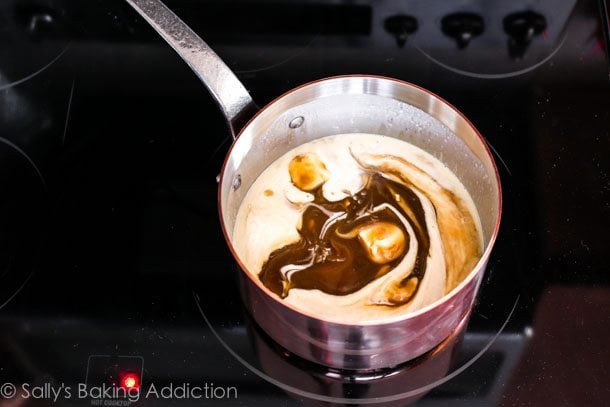
Dipping Tools
You know I’m obsessed with these! Candy dipping tools are my secret to beautifully dipped treats like key lime pie truffles. These tools are an inexpensive way to make your dipped treats look professionally done. Dipping tools are a must have!
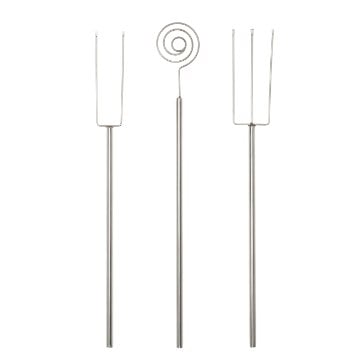
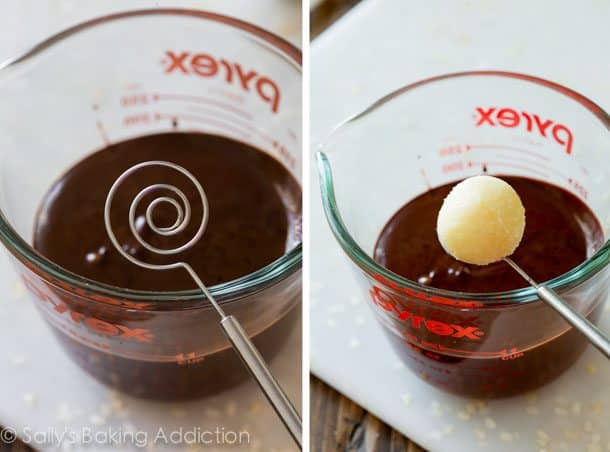
Squeeze Bottle
While we’re on the subject of making candy pretty, I must tell you about my little secret: squeeze bottles! Empty plastic squeeze bottles are how I get beautiful and neat drizzles of chocolate, candy coating, or even glaze on top of candy and baked goods. Like the pink stripes on the buttercreams on the cover of the cookbook. Fill them with melted chocolate or candy coating and drizzle on top.
Buy a few squeeze bottles—you can find them everywhere like craft stores, Amazon, grocery stores, Target, Walmart, etc.
Liquid Measuring Cup
Not only for measuring liquids in your baking and cooking, a liquid measuring cup is what I use to dip candies into melted/tempered chocolate. Well, it’s what I use to dip nearly anything into melted/tempered chocolate. Their depth and shape make dipping so much easier. You always want a deep cup or bowl for the chocolate when dipping or coating candies.
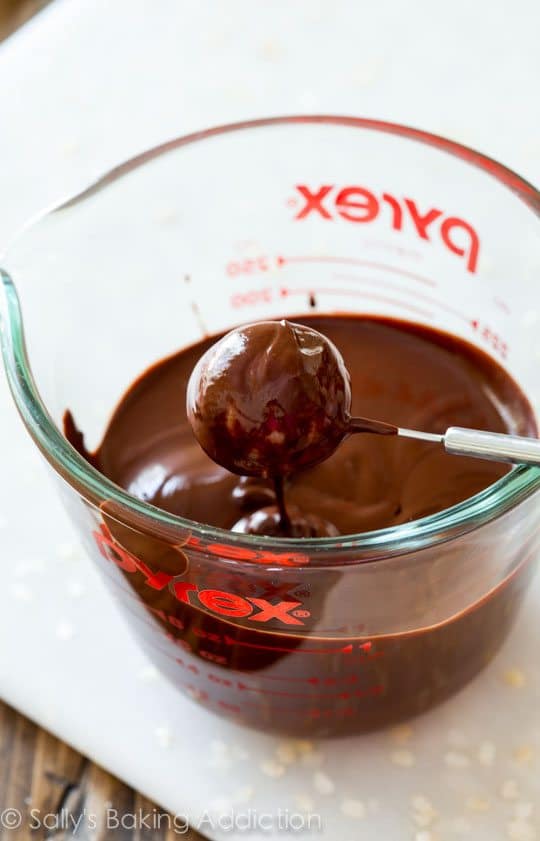
Kitchen Scale
A kitchen scale is the most used tool in my kitchen not only for making candy, but for all of the baking I do. I measure all of my ingredients to ensure accuracy and precision. A gram is always a gram, an ounce is always an ounce, but a cup might not always be a cup. Grams and ounces are accurate; there’s no denying it. But you can easily overmeasure a cup even by a Tablespoon or two. And that could pose a huge problem in your candy or baked treats. If there is one tool you buy for your kitchen, let it be a kitchen scale. Here is the one I own and love (great quality) and here is another great option.
Pastry Brush
A pastry brush is imperative when making candy. (And pies, of course.) There is no easy way around it. The purpose of a pastry brush in candy making is to help rid the saucepan of any sugar syrup or cooking candy that may have splashed up on the sides. The candy on the sides of the pan can burn and crystallize, ruining your batch of candy. Running a water-moistened pastry brush around the sides of the pan helps prevent this from happening. Read more about this on page 16 in the book.
Crucial, I tell ya!
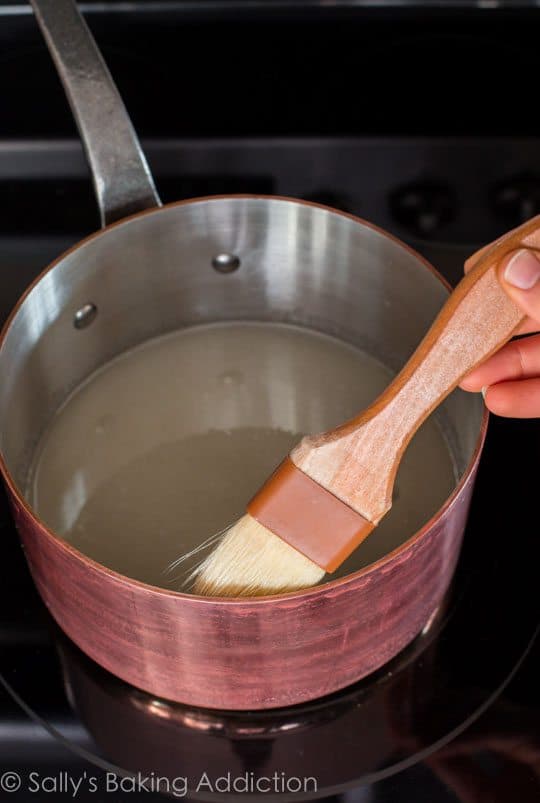
A Wooden Spoon (or two!)
You can’t stir 290°F candy with a rubber spatula and get it out alive. My one and only tool when stirring cooking candy is a wooden spoon. Buy a couple. Nothing gets the job done better.
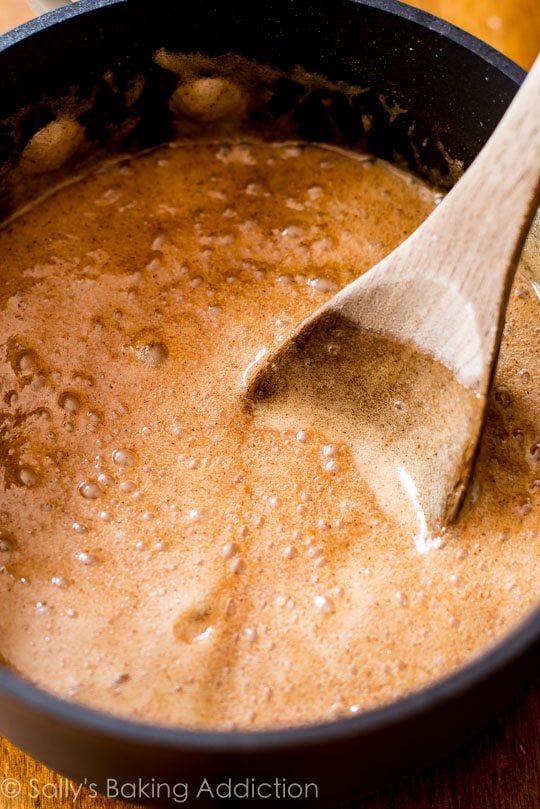
Double Boiler
And finally, my last suggestion for you is a double boiler. Double boiler melting is my preferred method for melting chocolate and the only method you should use when tempering chocolate. A double boiler is a set of two pans, one fitted securely on top of the other. It is the safest way to melt chocolate because you have little to zero risk of scorching it. Unlike the microwave, you have complete control over the melting process. I’ve scorched many, many ounces of chocolate using the microwave and let me tell you… it smells horrific and it’s an expensive waste! Here is a double boiler I own and another one I own. And here is another great option.
Ready to become a candy pro?
I am not working with any of these brands, though some of these links are affiliate links. These tools are the brands of candy making tools that I trust and encourage you to use in the kitchen as well.
More Baking Tool Recommendations
- 14 Best Baking Tools Every Baker Needs
- 10 Best Cake Decorating Tools
- 8 Best Baking Pans
- 10 Best Pie Baking Tools
- Top Recommended Cookie Decorating Supplies
- 10 Best Cookie Baking Tools

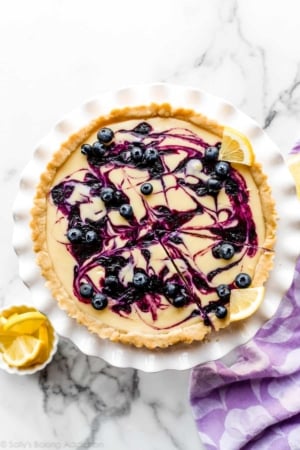
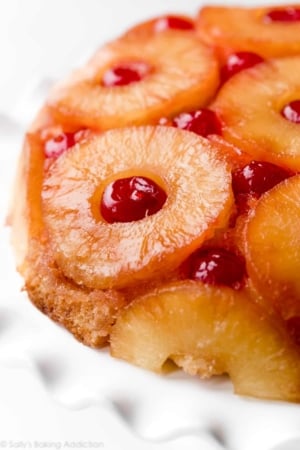
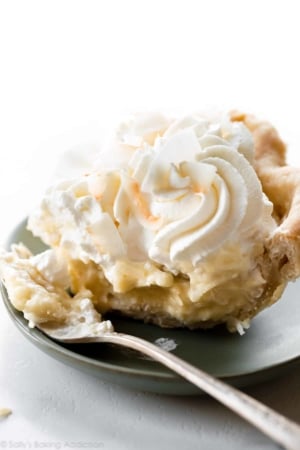
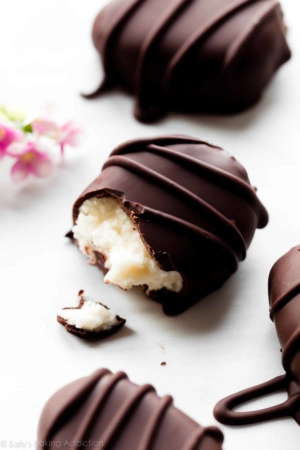
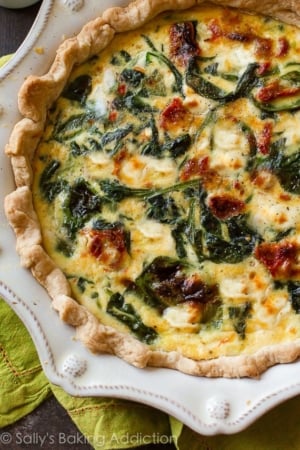
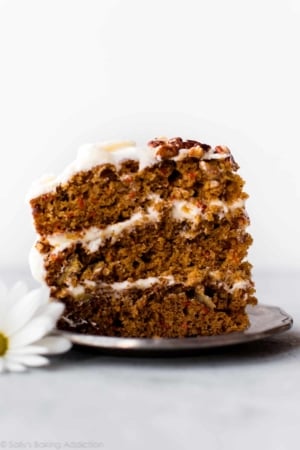












Hello! I am a relatively new fan of yours. THANK YOU for all your great information.
Reading your post about candy making, you suggest the Anolon Nouvelle Copper pot.
Just to be super clear, the non stick Analon Nouvelle Copper pot is okay, true?
A long time toffee maker, I am using a much loved Stainless pot and it can take a very long time to heat up. Thank you! Karen
Hi Karen, thank you so much! In most cases a nonstick pot would be fine. However, I do prefer to use the Cooks Standard also linked because some recipes (specifically some caramel recipes), nonstick pots are not ideal.
Do you have a recommendation for a double boiler, where the top dish/pot is ceramic?
Can I use a silicone pastry brush instead of the traditional bristles with wooden handles?
Hi Bev, that shouldn’t be a problem. In fact, that’s what I usually use these days!
I already have a candy thermometer, but it is not digital. Do you recommend getting a digital one, or do you think the regular one is fine?
A regular one is just fine, but I prefer digital because it’s just so much easier to read.
I tested out my new candy thermometer last night (which I promptly bought after getting your new cookbook), and the pumpkin spice toffee turned out amazing! I’m hooked and I can’t wait to try out some of the fudge recipes next 🙂
What is the difference between a pastry brush and a basting brush? Are they interchangeable?
Either can be used in the candy cooking process.
Thank you for sharing the items you like to use for candy making. I have everything but the dipping tools (I have always used a fork!) but those look to be much easier to use when dipping my candies. I must get some before I begin my Christmas baking! 🙂
Thank you for the very helpful tips. I always wanted to make my chocolate truffles look more professional, now I can with the dipping tools that you suggested (just ordered one).
Thanks for the list! I have a lot of the things you listed. I actually had no idea there was such a thing as a chocolate thermometer. I will own one soon! 🙂